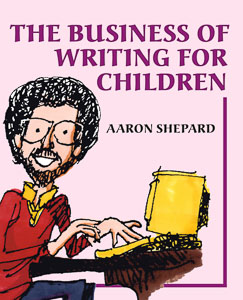Another submission, another cover letter. You sit down to compose those very special words of introduction that will entice the editor to wholeheartedly consider your manuscript. A quarter of an hour later, you may have a masterpiece that says little more than “Enclosed is my manuscript.”
On the other end, the editor rips open the envelope and spends a quarter of a minute—or less—glancing at the cover letter. It is then shoved aside and forgotten as she turns to the manuscript.
Multiply that by perhaps hundreds of submissions over the course of a career. Is it worth the effort? In most cases, no.
Is there an alternative? Yes!
I have become an avid proponent of the lowly Post‑it®. This miraculous device can save enormous amounts of both time and paper. In most cases, everything you need to say can fit handily in three inches square.
Here are some favorite notes I’ve used regularly with editors, both familiar and unknown.
“Hope you like this!”
“Thanks for your comments on “____.” This one may suit you better.”
“You’ve seen this one before, but I’ve revised it.”
“I’m a member of SCBWI.”
“This appeared in Cricket.”
“Congratulations on your new position!”
It’s possible to send a manuscript with no cover message of any kind, but I don’t advise it. Editors are not machines. They value personal contact, and making this contact is a prime purpose of the cover message. A Post‑it actually works better for this than a standard cover letter, because it is less stuffy.
But what if you really do have more to say than can fit on a Post‑it—like a long list of publications or other impressive qualifications?
I recommend an author flyer, brief résumé, or other type of information sheet. Develop a single-sheet form that can be included with all submissions. This can tell a great deal more than a cover letter. It can give the editor a sense of you as a person, and may also help her to “sell” the manuscript to others at her house.
So, escape the enslavement of the cover letter and pick up a pack of Post‑its. With the time you save, maybe you can write another story!
